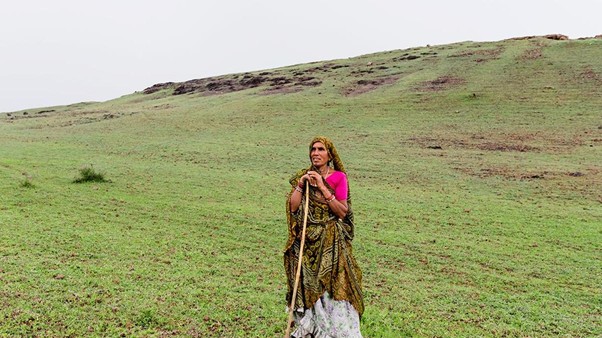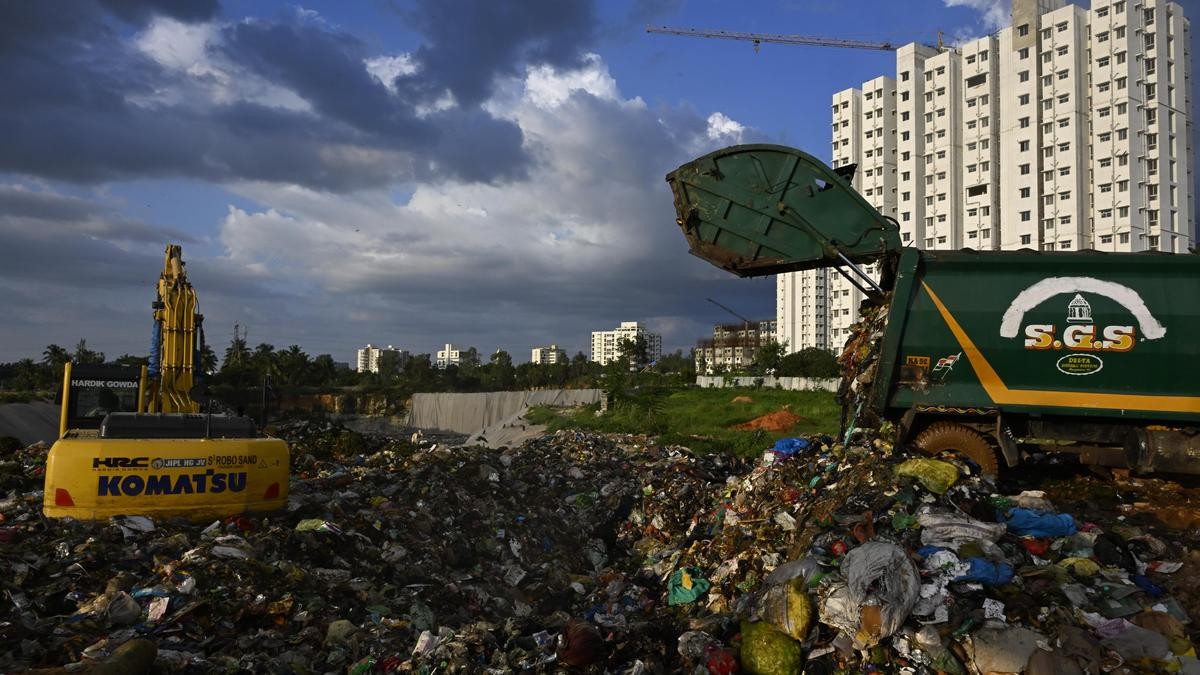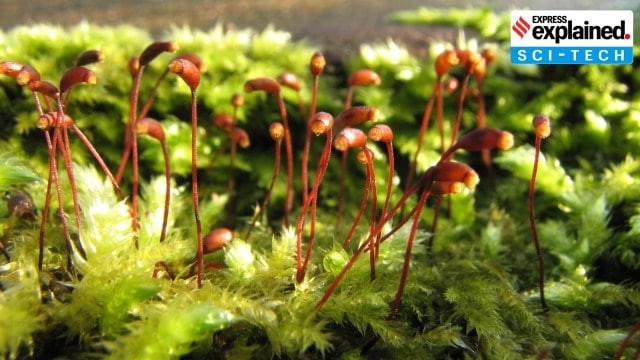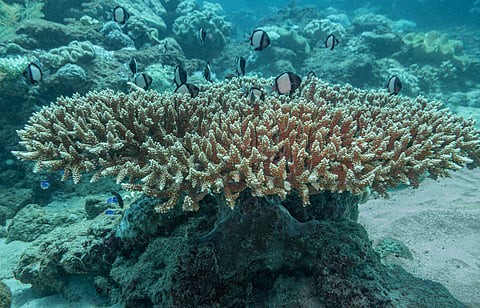




Source: DOWNTOEARTH
Disclaimer: Copyright infringement not intended.
The concept of Access and Benefit Sharing is rooted in the Convention on Biological Diversity 1992 which India ratified in 1994.
It aims to ensure fair and equitable sharing of benefits arising from the utilization of biological resources and traditional knowledge.
In line with this the Biological Diversity (Access to Biological Resources and Knowledge Associated thereto and Fair and Equitable Sharing of Benefits) Regulation 2025 was notified by the National Biodiversity Authority under the amended Biological Diversity Act, 2002 (as amended in 2023).
Turnover-Based Benefit Sharing Slabs
|
Annual Turnover |
Benefit Sharing Requirement |
|
Up to ₹5 crore |
Exempt from benefit sharing |
|
₹5 crore – ₹50 crore |
0.2% of annual gross ex-factory sale price (excluding taxes) |
|
₹50 crore – ₹250 crore |
0.4% |
|
Above ₹250 crore |
0.6% |
Companies with turnover over ₹1 crore must submit a yearly statement of biological resources used.
Unlike the 2014 Guidelines the 2025 regulation includes Digital Sequence Information within the scope of benefit sharing.
Recognizes that DSI can substitute for physical biological material in research and development.
Cultivated medicinal plants are exempt from benefit sharing.
Products with mixed composition (cultivated + wild) are exempt if notified by the MoEFCC in consultation with AYUSH.
This aligns with the Biological Diversity (Amendment) Act 2023 which promoted the cultivation of medicinal plants and exempted Indian medicine practitioners from taking approvals or sharing benefits.
|
Resource Type |
Minimum Benefit Sharing |
|
Red sanders, sandalwood, agarwood, threatened species |
Minimum 5% of auction/sale value |
|
Commercial Use |
May go beyond 20% based on value |
These are typically high-conservation and high-economic value resources often over-exploited and endangered.
Researchers and entities seeking Intellectual Property Rights using biological resources are required to:
Share benefits as per guidelines.
Comply with pre-approval and post-use reporting.
NBA to retain 10–15% of total benefits collected for administrative purposes.
During COP16 of CBD held in Cali, Colombia, 2024, a multilateral mechanism was adopted for DSI benefit sharing.
Applies to users like pharmaceutical, cosmetic, agriculture and biotechnology industries.
Positive Outcomes
Promotes equity by ensuring communities benefit from the resources and knowledge they have conserved.
Brings clarity and quantification to benefit-sharing obligations.
Aligns India with global best practices especially with DSI integration.
Encourages cultivation and sustainable harvesting especially for medicinal plants.
Challenges
Exemptions for cultivated plants could create loopholes and reduce benefit flow to local communities.
Implementation bottlenecks at the state Biodiversity Boards.
Conflict of interest between traditional knowledge holders and large industries.
Monitoring DSI usage and enforcing compliance remains technologically and legally challenging.
Case Study: Impact on Indian Herbal Industry
Major users like Patanjali, Baidyanath and Dabur.
Likely to fall under highest benefit-sharing slab (0.6%) but exempted if using cultivated plants.
Raises questions on evasion of fair benefit sharing and justice to traditional knowledge holders.
Leverage blockchain or AI tools to trace and audit bioresource usage including DSI.
Empower Local Biodiversity Management Committees by capacity-building and proper fund allocation for effective local enforcement.
Review of Exemption Clauses to ensure genuine cultivation is differentiated from wild-harvested products.
Participate in evolving global DSI protocols. Share best practices with other megadiverse countries.
Promote awareness among industries and communities about their rights and responsibilities.
Sources:
|
PRACTICE QUESTION Q. The 2025 Access and Benefit Sharing Regulation seeks to balance commercial interests with biodiversity conservation and community rights. Critically examine the new rules in the context of India's amended Biological Diversity framework. 250 Words. |







© 2025 iasgyan. All right reserved